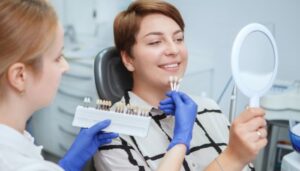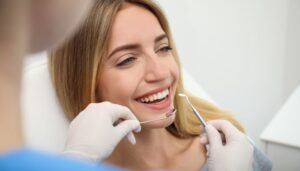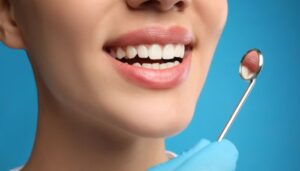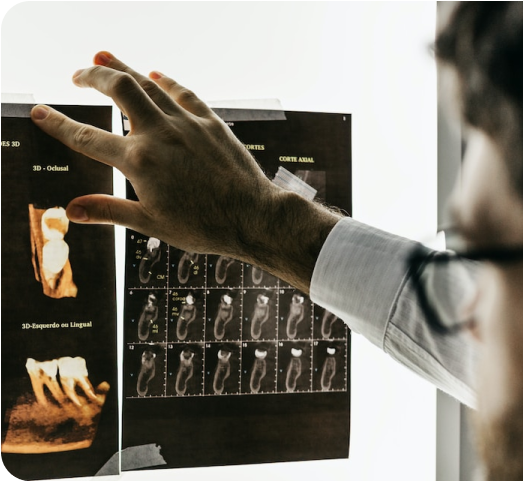
What Is Cosmetic Dentistry? Your Guide to a Brighter Smile
Cosmetic dentistry focuses on improving the appearance of your teeth, gums, and smile. While traditional dentistry prioritizes oral health and function, cosmetic procedures combine artistry and advanced dental techniques to create aesthetically pleasing results. Whether you’re looking to fix chipped teeth, close gaps, or brighten discolored enamel, cosmetic dentistry offers solutions tailored to your goals. Let’s explore what’s considered cosmetic dentistry, popular procedures, and how to choose the right option for your smile. What Is Considered Cosmetic Dentistry? Cosmetic dentistry includes any dental treatment designed to enhance the appearance of your smile. Unlike restorative procedures (e.g., fillings or root canals), which address health issues, cosmetic treatments focus on: While many cosmetic treatments also improve oral function, their primary goal is to create a confident, radiant smile. Popular Cosmetic Dentistry Procedures 1. Teeth Whitening Professional teeth whitening is the most common cosmetic dental procedure. It uses safe, high-concentration bleaching agents to remove stains from coffee, wine, smoking, or aging. 2. Dental Veneers Veneers are thin, custom-made shells (usually porcelain) bonded to the front of teeth to hide chips, cracks, gaps, or severe discoloration. 3. Dental Bonding A tooth-colored composite resin is applied to repair chips, cracks, or gaps. The resin is shaped and hardened with a UV light for immediate results. 4. Invisalign® & Clear Aligners These clear, removable trays gradually straighten crooked or crowded teeth without metal braces. 5. Dental Crowns Crowns (caps) cover damaged or misshapen teeth to restore their appearance and strength. They’re often used after root canals or severe decay. 6. Gum Contouring Laser technology reshapes excessive or uneven gum tissue to create a balanced, symmetrical smile. 7. Dental Implants Implants replace missing teeth with artificial roots and crowns that look and function like natural teeth. Benefits of Cosmetic Dentistry Who Is a Candidate for Cosmetic Dentistry? Most healthy individuals with good oral hygiene can pursue cosmetic treatments. However, your dentist may recommend addressing underlying issues first, such as: A consultation will determine the best plan for your needs. How to Choose a Cosmetic Dentist Cosmetic Dentistry Myths Debunked Myth 1: Cosmetic dentistry is only for vanity.Truth: Many procedures (e.g., implants, crowns) also restore function and prevent health issues. Myth 2: Results look fake.Truth: Skilled dentists use materials that mimic natural tooth translucency and texture. Myth 3: It’s too expensive.Truth: Options like bonding or payment plans make treatments accessible. Maintaining Your Cosmetic Dental Work Final Thoughts Cosmetic dentistry blends science and artistry to transform smiles and lives. Whether you opt for subtle whitening or a full smile makeover, these treatments can help you achieve the confidence that comes with a healthy, radiant smile. Ready to take the next step? Consult a certified cosmetic dentist to explore your options and create a personalized plan.
